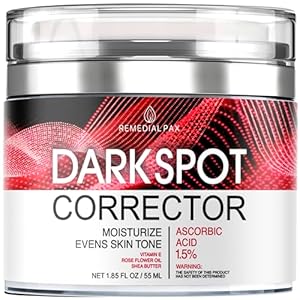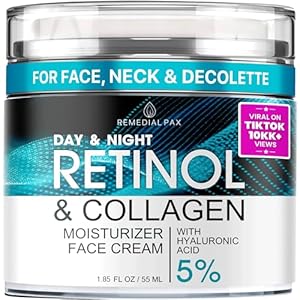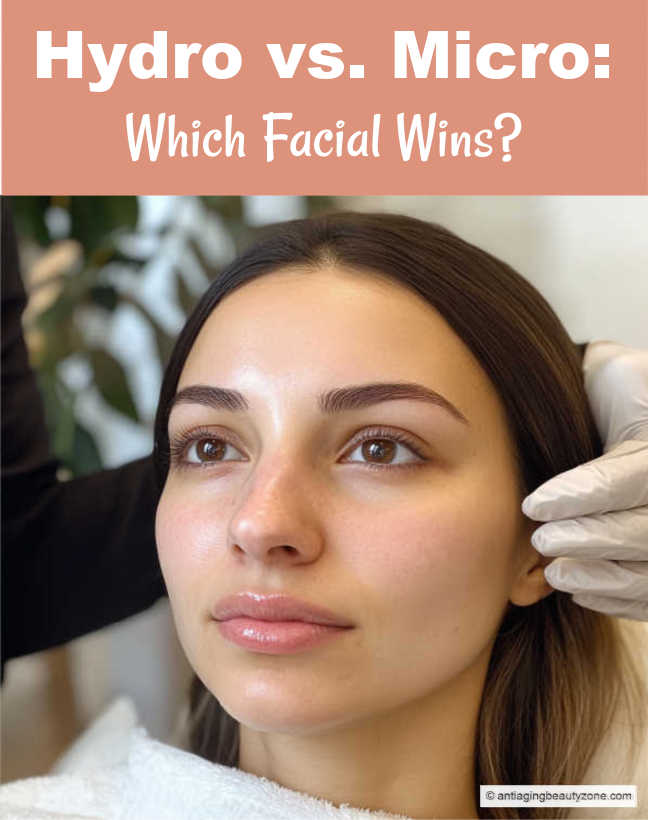
by: Linda Robison / Facial Fitness Specialist @ ABZ
Which is the better choice for you: Hydrafacial or Microdermabrasion?
When it comes to skin treatments, Hydrafacial and Microdermabrasion are two popular options. Both help improve skin texture and appearance but work in different ways.
Here’s a breakdown to help you choose the right treatment for your skin type and to address your anti-aging needs.

Key differences:
Results:
- Hydrafacial delivers instant hydration, a radiant glow, and visibly reduced fine lines, making it great for quick skin rejuvenation. In contrast, microdermabrasion improves skin texture, reduce sun damage, and diminish scars over multiple treatments, but it doesn’t deliver instant results.
Skin Sensitivity:
- Hydrafacial, using gentle vacuum technology, is ideal for sensitive skin, providing a soothing experience. Microdermabrasion, with its exfoliating crystals or diamond tip, may cause irritation for delicate skin types.
Targeted Skin Concerns:
- Opt for Hydrafacial if you’re looking to address aging issues like dry skin, wrinkles, dark spots, sun damage, uneven skin tone, and deep acne scars. Microdermabrasion is better suited for surface-level issues like mild discoloration, light acne scars, fine lines, and small bumps or rough patches.
Downtime:
- Hydrafacial has minimal downtime, allowing you to resume your regular activities immediately. Microdermabrasion may cause some redness or dryness for a short period and requires extra care, including sunscreen.
Note: I’ve tried several types of microdermabrasion treatments, and I’ve never had any major downtime. My face was a bit rosy afterward, but I was able to return to work right after my lunchtime treatment.
Common benefits
Both treatments can help improve skin texture, reduce dullness, and address minor skin issues. They also offer a quick way to rejuvenate the complexion with minimal downtime.
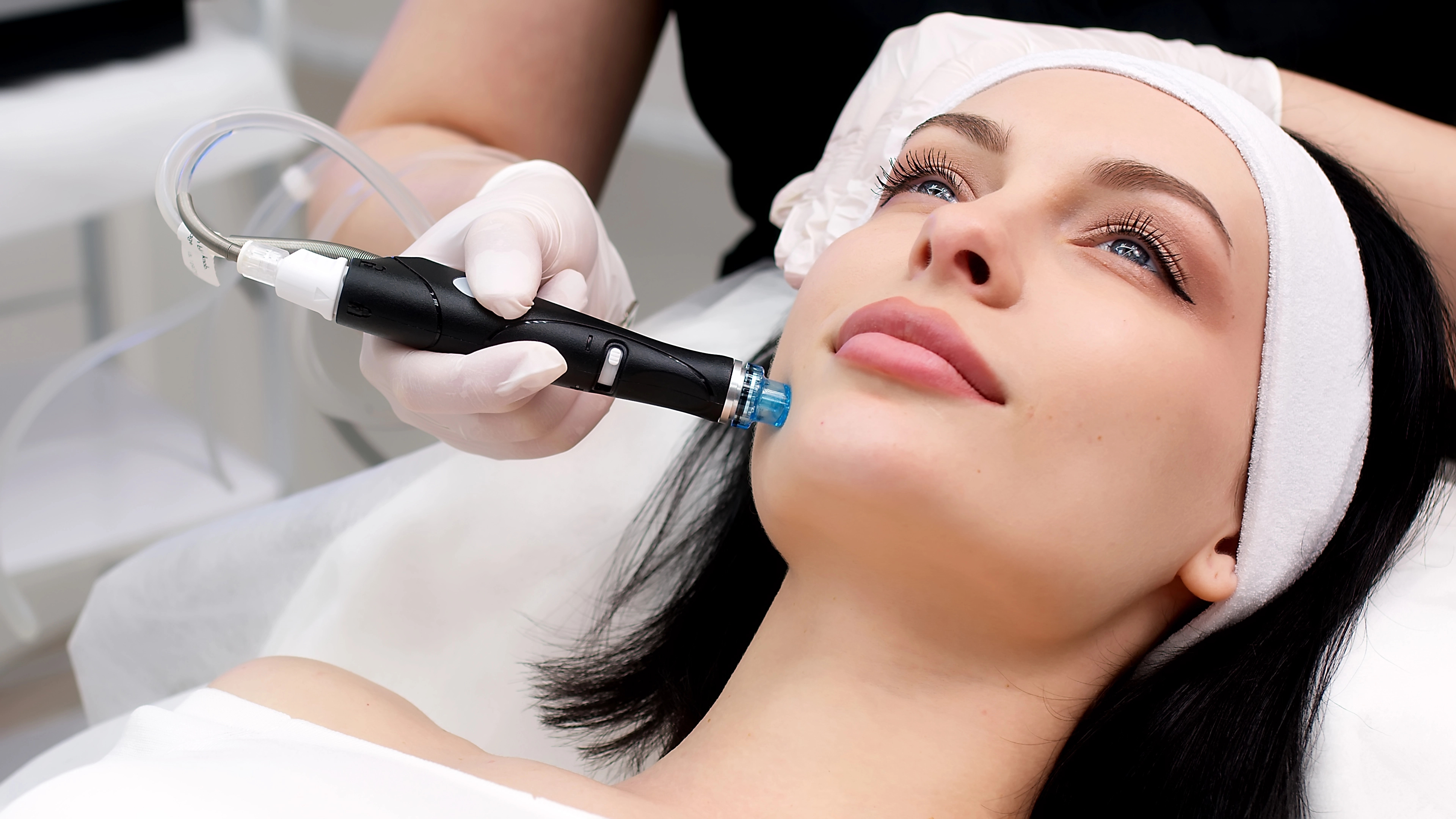
Hydrafacial
A Hydrafacial treatment is a non-invasive procedure that combines cleansing, exfoliation, extraction, and hydration.
It uses a special spiral tip with vacuum suction to remove dead cells, unclog pores, and infuse the skin with nourishing serums like hyaluronic acid, glycolic acid, and peptides.
This cosmetic treatment is ideal for those looking to hydrate the skin and achieve a glowing complexion.
Key Benefits:
- Instant hydration and glow: You’ll notice glowing, refreshed skin immediately.
- Gentle for all skin types: Hydrafacial works well for sensitive skin.
- Customizable: The treatment can target concerns like fine lines, dark spots, acne, and dryness.
Microdermabrasion
Microdermabrasion treatment is a physical exfoliation technique that removes dead skin cells from the surface. It uses a diamond tip or fine crystals to gently buff the skin.
Note: While crystal microdermabrasion isn’t entirely obsolete, the trend is moving toward diamond tips due to their precision and lower risk of complications.
This treatment stimulates collagen production and improves skin texture, helping reduce fine lines, dark spots, and sun damage.
Key Benefits:
- Deep exfoliation: Removes the top layer of dead skin for a smoother, more even skin texture.
- Good for aging signs: Reduces fine lines, wrinkles, and dark spots over time.
- Improves texture: Great for acne scars and sun damage.
Hydrafacial vs Microdermabrasion: How they work
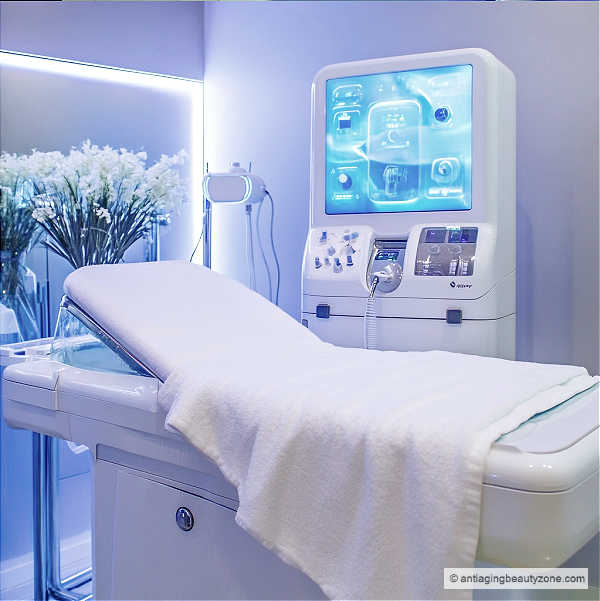
Hydrafacial and Microdermabrasion treatments work differently. Here’s how:
Treatment
Process:
- Hydrafacial is
a multi-step process that includes cleansing, exfoliation, extraction,
and hydration using vacuum suction technology. It’s gentle with minimal
discomfort, and it ends with a hydration phase where serums,
including hyaluronic acid, are infused into the skin. - Microdermabrasion focuses
on exfoliating the skin’s surface using a diamond tip or fine
crystals. It can feel a bit scratchy, but the procedure is generally
well-tolerated.
Target
Skin Concerns:
- Hydrafacial targets hydration, uneven skin tone, and fine lines by working on the deeper layers of the skin, leaving your skin with a radiant glow.
- Microdermabrasion is
best for treating top layer skin texture issues like acne scars, sun damage, and
hyperpigmentation. It also reduces the appearance of fine lines and
wrinkles.
Suitability
for Skin Types:
- Hydrafacial is
gentle and works for all skin types, including sensitive skin. It’s safe
for people with conditions like rosacea. - Microdermabrasion is
better for those with more resilient skin. It can be too harsh for
sensitive skin and may cause irritation or redness.
Downtime
and Side Effects:
- Hydrafacial requires
little to no downtime. You may experience slight redness, but it
typically fades within an hour, and you can continue with your day. - Microdermabrasion may
cause redness and dry patches. Your skin may also be more sensitive to
the sun, so sunscreen is essential.
Results
and Frequency:
- Hydrafacial: Delivers instant results, giving you hydrated, glowing skin. For the best results, treatments are recommended every 4-6 weeks.
- Microdermabrasion: Provides immediate results, but the best improvements come after several treatments, usually spaced every 2-4 weeks initially, and then every 4 weeks for maintenance. Over time, you’ll see smoother skin with reduced fine lines and dark spots.
Which one is right for you?
Choose Hydrafacial For:
- Instant glow with minimal downtime.
- Sensitive or dry skin that needs gentle treatment.
- Hydration, fine lines, and dull skin as main concerns.
- A non-invasive option for a refreshed complexion.
Choose Microdermabrasion For:
- Surface level issues like acne scars or dark spots.
- Deep exfoliation and long-term improvement in skin texture.
- Skin that can tolerate slight abrasion and minor redness.
Bottom line:
Both treatments provide quick rejuvenation with minimal downtime, but Hydrafacial has more of a focus on hydration and overall skin health, while microdermabrasion focuses on exfoliating and improving surface-level texture and skin issues.
Both treatments have their strengths, but if you’re looking for a versatile, deeper treatment with added hydration benefits, Hydrafacial may be the better choice.
ABZ Tip: In my opinion, hydrafacial (while it’s more expensive) is the best choice for general anti-aging, due to its deep hydration and ability to tackle multiple skin aging concerns like fine lines and discoloration.
Microdermabrasion, on the other hand, is a good, inexpensive maintenance option for keeping your skin smooth and refreshed.
Have you tried either of these treatments? Share your
experience with us!
Answer: Hydrafacial requires minimal recovery time with no downtime. Microdermabrasion may cause redness or dryness, needing a few days to fully recover.
Answer: Microdermabrasion is ideal for reducing age spots and acne scars by exfoliating the top layer of skin. Hydrafacial helps with hydration and overall radiance but isn’t as focused on pigmentation.
Answer: Both treatments benefit oily skin. Hydrafacial balances oil and hydrates, while microdermabrasion exfoliates and refines the skin texture, improving the appearance of pores.
Answer: Hydrafacial is best for deep cleansing. It clears pores through exfoliation and extractions, leaving skin refreshed and hydrated.
Answer: A chemical peel uses acids like salicylic acid to exfoliate deeply, while microdermabrasion physically exfoliates with a diamond tip.
Answer: Hydrafacial is the gentler option, ideal for sensitive skin and conditions like rosacea. Microdermabrasion is more abrasive and may irritate sensitive skin.
Answer: Microdermabrasion effectively treats age spots by exfoliating the skin’s top layer.
Before you go ….
Please tap on the💙in the bottom right corner if you found this page helpful.
Thanks so much!
Trending Products

